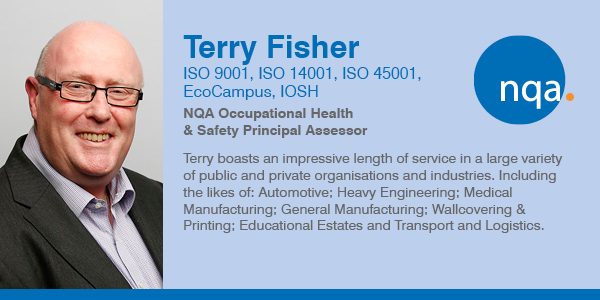ISO 45001:2018 - Consultation & Participation
It must also be said that worker and interested party consultation & participation runs through all management systems, and effective communication in all organizations is desirable.
But, what does this all actually mean and how can you demonstrate that you are adhering to the requirements of the standard?
What is ‘Consultation’?
So, this is not just telling people what to do – it is a process of gathering and exchanging information and opinions and using this information to potentially influence what needs to be done and how.
Interested parties involved in the process are therefore participating and then hopefully they will be more engaged and support the decided outcome and activities.
This should be at all relevant levels of the organization and not just aimed at existing management roles.
For Occupational Health & Safety the more effective the ‘consultation & participation’ the greater the long-term improvements, as the organization and the working practices develop, thus driving the continual improvement process and reduction of hazards and risks.
What is ‘Participation’?
Participation is a consideration and outcome of the consultation process and can take the form of:
-
Hazard reporting
-
Attending and contributing to discussions and reviews
-
Suggesting improved methods
-
Revised risk reductions
-
Staff development opportunities, to name but a few.
An organization that has a culture supporting consultation and participation can make significant improvements in performance across a range of operations not just health and safety.
We need to embrace these benefits, and it can be more than just holding regular meetings both formal and informal.
If these meetings are held and the same issues are repeatedly raised without some form of improvement or resolution, then the consultation and participation will eventually fail, and participants could become disengaged and withdraw interest.
Think about what you are trying to achieve, who should attend, the nature of the words and language used, the venue of the delivery, how would success be measured, how will you provide feedback and explanations as to why some ideas are to be adopted and others not.
The information exchange should be timely to allow due consideration before making decisions. Feedback should be before implementation, so as not surprise individuals and maintain respect for the participants and the process.
In summary we should all consider the effectiveness of our consultation and participation processes – think about how they can be enhanced, engage with appropriate individuals, be conducted at a suitable level and venue for the participants, and be organised in a manner that is conducive to engagement with respect and ensure this is done without ridicule or threat.
All this can often seem easier said than done, but your efforts can deliver great rewards, and should be viewed as an investment and not just a cost or routine activity that needs to be completed without benefit.


